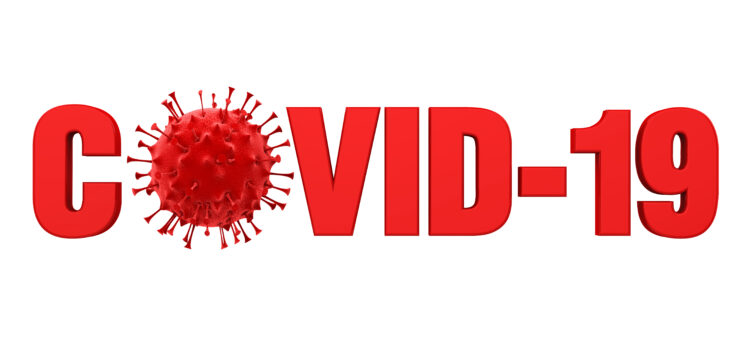
To help the public stay informed on the COVID-19 update, media has been reporting on any and all updates. Reports are filled with medical terms, and Kern Sol News breaks down terminology to help readers navigate the latest updates.
1) Asymptomatic
asymp·tom·at·ic | \ ˌā-ˌsim(p)-tə-ˈma-tik \
Adj.
Someone who is asymptomatic has the infection but no symptoms and will not develop them later. If you: 1) have recovered from an illness or condition and no longer have symptoms 2) have an illness or condition yet exhibit no symptoms
2) CDC
Abbreviation
Noun
Centers for Disease Control and Prevention; a U.S federal agency under the
Department of Health and Human Services serves as the national focus for developing and applying disease prevention and control
3) Coronavirus
co·ro·na·vi·rus | \ kə-ˈrō-nə-ˌvī-rəs \
Noun
A family of viruses named for the distinctive spikes on their surface; coronaviruses cause a variety of respiratory illnesses including SARS, MERSA, COVID-19, and even the common cold
4) COVID-19
\ kōvid nīnˈtēn \
Noun
an acute respiratory illness in humans caused by a coronavirus capable of producing severe symptoms and in some cases death, especially in older
people and those with underlying health conditions
5) Epidemic
ep·i·dem·ic | \ e-pə-ˈde-mik \
Noun
A sudden increase in cases of a disease; it spreads quickly and affects many individuals at the same time in a specific community
6) Immunocompromised
Ii-myə-nō-ˈkäm-prə-ˌmīzd
Adj.
describes someone who has an immune system that can’t resist or fight off infections as well as most people this can be specifically worrisome if they contract the virus
7) Lockdown
Noun
A type of order that many governments put in place to reduce the spread of COVID-19; Also known as: “shelter-in-place” and “stay-at-home”
8) Outbreak
out·break | \ ˈau̇t-ˌbrāk \
Noun
A higher-than-expected number of occurrences of disease in a specific location and time a sudden rise in the incidence of a disease
9) Pandemic
pan·dem·ic | \ pan-ˈde-mik \
Noun
An event in which a disease spreads across several countries and affects a large number of people
10) “PPE”
Abbreviation
Noun
Personal Protective Equipment; it is worn to minimize exposure to a variety of hazards examples in healthcare include: gloves, full-body suits, protective eyewear, and N95 masks
11) Quarantine
quar·an·tine | \ ˈkwȯr-ən-ˌtēn \
Noun
A public health technique used to help prevent the spread of disease this is different from isolation, which is the separation of people who have actually been diagnosed with a disease
12) Screening
screen·ing | \ ˈskrē-niŋ \
Noun
It’s a series of basic questions about your health condition and recent history; may include checking the temperature; helps healthcare workers determine if an individual needs to be tested; it can also be done before entering an establishment
13) Social distancing
so·cial dis-tanc-ing | \ ˈsō-shəl di·stuhn·suhng \
Verb
to practice maintaining physical distance (such as six feet or more) from other people experts also advise not gathering in groups of more than 10 people
14) Transmission
trans·mis·sion | \ tran(t)s-ˈmi-shən \
Noun
the passing of a pathogen transmission can occur both through direct and indirect contact. COVID-19 is primarily transmitted from person-to-person through respiratory droplets
15) Vaccine
vac·cine | \ vak-ˈsēn \
Noun
A product that stimulates a person’s immune system to produce immunity to a specific disease, protecting the person from that disease examples: pfizer and moderna COVID-19 vaccines
16) Variant
var·i·ant | \ ˈver-ē-ənt \
Noun
viruses constantly change through mutation, resulting in a new strain currently there are 3 strains of COVID-19, circulating globally
17) Ventilator
ven·ti·la·tor | \ ˈven-tə-ˌlā-tər \
Noun
a ventilator is a machine that helps a person breathe if lung function has been severely impaired—due to injury or an illness such as COVID-19—patients may need a ventilator
18) Virus
vi·rus | \ vī-rəs \
Noun
the causative agent of an infectious disease a virus invades living cells and uses its chemical machinery to keep itself alive and to replicate itself.
19) WHO
Abbreviation
Noun
The World Health Organization; a specialized agency of the United Nations responsible for international public health WHO works worldwide to promote health, keep the world safe, and serve the vulnerable